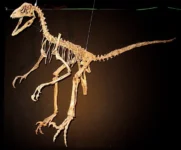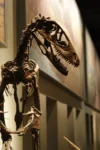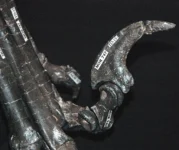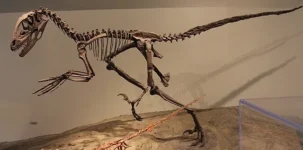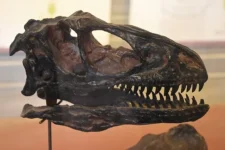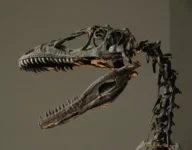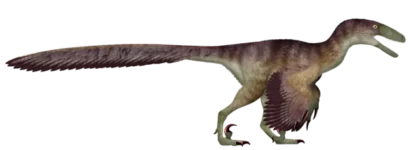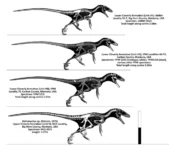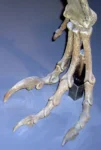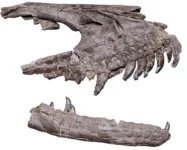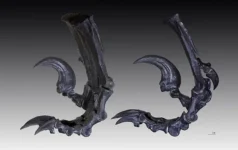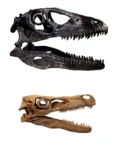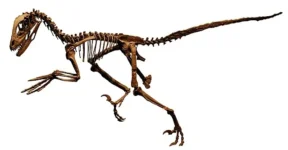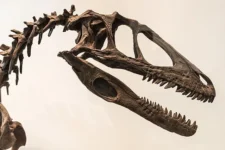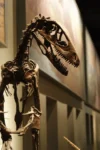Deinonychus
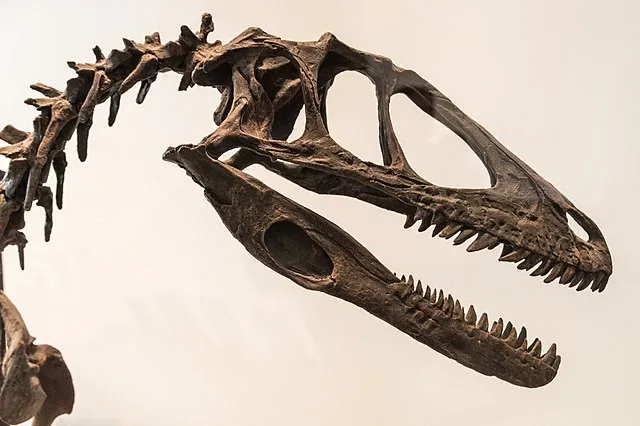
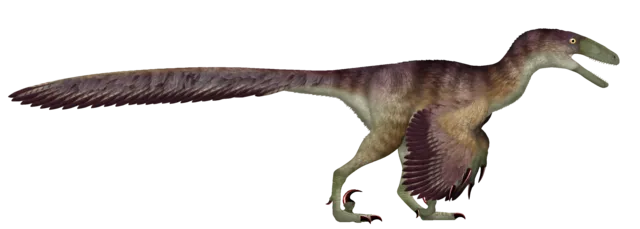

DEINONYCHUS
Deinonychus was a small but formidable theropod dinosaur that lived during the early Cretaceous period, approximately 115 to 108 million years ago. Deinonychus is a crucial dinosaur in the study of theropods and their evolution. Its discovery and subsequent research by John H. Ostrom in the 1960s helped revolutionize the understanding of dinosaurs, leading to the theory that birds are descendants of theropod dinosaurs. Deinonychus played a significant role in shifting the perception of dinosaurs from slow-moving reptiles to active, dynamic creatures. Here are some key details about Deinonychus:
SIZE AND ANATOMY:
- Size: Deinonychus grew up to about 11 feet (3.4 meters) in length.
- Weight: It weighed around 150 to 220 pounds (70 to 100 kilograms).
- Skull and Teeth: Deinonychus had a relatively large skull with sharp, curved teeth ideal for slicing through flesh.
- Limbs: It had long, powerful legs and arms. The most distinctive feature was the large, sickle-shaped claw on the second toe of each foot, which could be raised off the ground to keep it sharp.
DIET AND FEEDING BEHAVIOR:
- Diet: Deinonychus was a carnivore, preying on a variety of smaller animals and possibly scavenging. Evidence suggests it may have hunted in packs, allowing it to take down larger prey.
- Hunting Techniques: Its hunting strategy likely involved using its sickle claws to slash at prey, gripping with its hands and jaws, and using its agility and speed to overpower victims.
- Habitat: Deinonychus lived in what is now North America, particularly in regions that were lush with forests, rivers, and wetlands.
FOSSILS AND DISCOVERY:
- First Discovery: The first Deinonychus fossils were discovered in 1931 by Barnum Brown in the Cloverly Formation of Montana, USA. However, it wasn’t until the 1960s that John H. Ostrom studied and named it.
- Significant Finds: Fossils have been found in Montana, Wyoming, and Oklahoma, with discoveries including skeletons, teeth, and distinctive sickle claws.
CLASSIFICATION
- Order: Saurischia
- Suborder: Theropoda
- Family: Dromaeosauridae
- Genus: Deinonychus
- Species: The most well-known species is Deinonychus antirrhopus.
FUN FACTS:
- Revolutionary Discovery: The discovery of Deinonychus was instrumental in the “Dinosaur Renaissance,” a period during which our understanding of dinosaurs dramatically changed. John H. Ostrom’s work suggested that some dinosaurs were warm-blooded and more bird-like than previously thought.
- Agile and Intelligent: Deinonychus is thought to have been highly agile and possibly quite intelligent for a dinosaur, with a relatively large brain compared to its body size, which would have aided in hunting and social behavior.
- Bird Connection: The anatomical similarities between Deinonychus and modern birds, particularly in the structure of the wrist and pelvis, provide strong evidence supporting the evolutionary link between theropods and birds.
- Pack Hunting Evidence: Fossil sites with multiple Deinonychus individuals and associated prey remains suggest that they may have hunted in packs, a behavior that, if confirmed, would indicate complex social interactions and coordinated hunting strategies.
